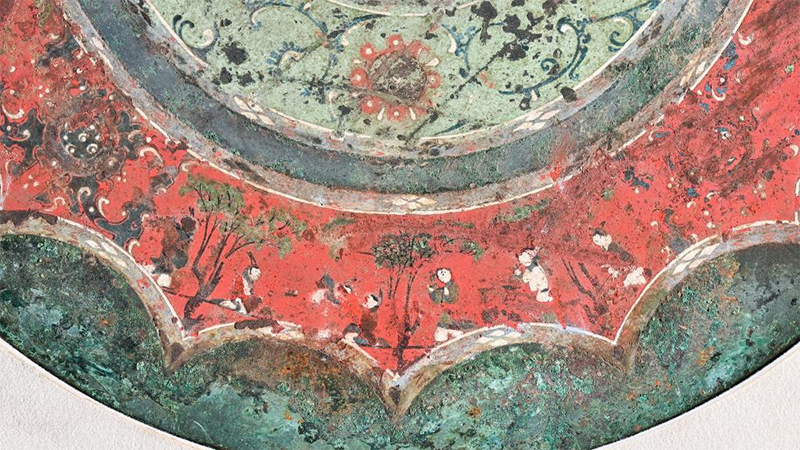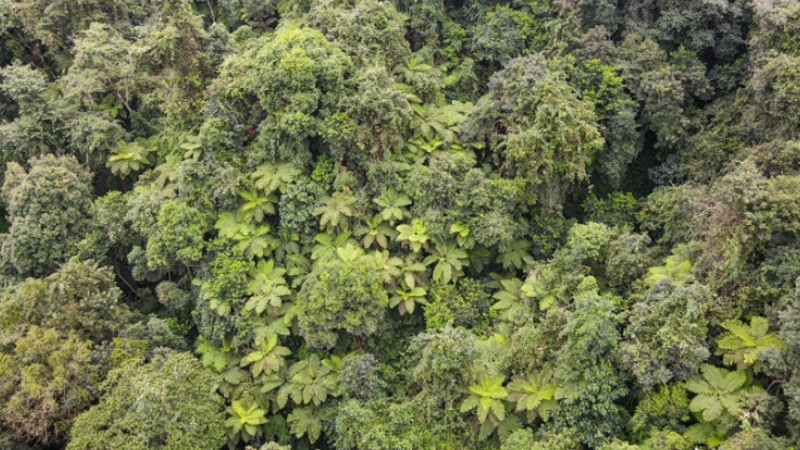Rare fossilized skins, bones give more clue to dinosaur activities in China
JINAN, Nov. 20 (Xinhua) -- Two fossilized dinosaurs, one with almost intact skin marks, were uncovered by Chinese paleontologists during a fossil excavation and restoration project in north China's Hebei Province.
In 2017, some fossilized dinosaur bones were spotted in Fengning Man Autonomous County within the city of Chengde. Years of painstaking excavation and restoration presented two sets of beautifully preserved dinosaur fossils -- one belongs to a relatively primitive ceratopsid dinosaur with almost complete whole-body bones, and the other is a Stegosaurus, boasting a rarely intact set of bones and skin marks. The fossils are believed to date back over 130 million years.
The Stegosaurus dinosaur is about 5 meters long, with skin fossils covering an area of about 3 square meters, scattering around the bones with clear lines arranged like scales.
"The hard parts, such as bones and teeth of dinosaurs, are relatively easy to form fossils, but the soft parts, such as skin and muscle, are easy to rot, and the conditions for forming fossils are extremely harsh," explained Zhang Fucheng, a professor at the Institute of Geology and Paleontology of Linyi University who also leads the research team.
According to Zhang, the preservation level and integrity of the skin fossils are rare in the whole world.
Guo Ying, an associate professor at the institute, further noted that the scale-like skin not only protected the body of the Stegosaurus but also effectively locked water in the body, allowing dinosaurs to reduce their dependence on water sources to some extent and improve their ability to adapt to environmental changes.
Researchers speculate that the complete preservation of the Stegosaurus dinosaur fossils could be attributed to frequent volcanic activities at that time.
"The dinosaur then may have gone to the river or lake to drink water or died naturally there before being washed to a deeper water level," said Zhang, adding its body was not disturbed by microorganisms or small animals, and the ash fell year after year, leaving the fossils intact.
Experts believe the fossilized specimens, the first Stegosaurus fossils discovered in Hebei, can provide strong evidence for Stegosaurus dinosaur activities in northern China in the early Cretaceous period.
The fossils of the ceratopsid dinosaur discovered this time also filled the gap in the evolution and development of ceratopsid dinosaurs, noted Zhang.
"The well-preserved bones of this specimen will provide important evidence for further study of the evolution of the primitive ceratopsid dinosaurs," Zhang further noted.
Researchers believe that Fengning and its surrounding areas, where the above fossils were discovered, once boasted a rich forest and river system some 130 million years ago, which provided an effective shelter and sufficient food resources for herbivorous dinosaurs.
Photos
Related Stories
Copyright © 2023 People's Daily Online. All Rights Reserved.









